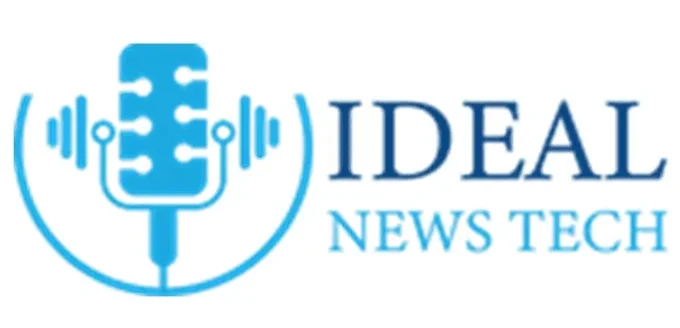IdealNewsTech is one of the subsidiaries of Imperion Info media is an aggregator for content and provides a platform for budding and experienced writers. They take immense pride in building a stage for writers to come together and share their most exquisite works with their unexplored audiences. Ideal News Tech relates itself to a platform for sharing knowledge about various niches and making people aware of the changing trends and patterns of multiple industries.
